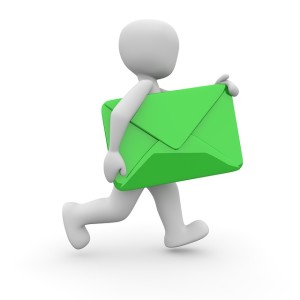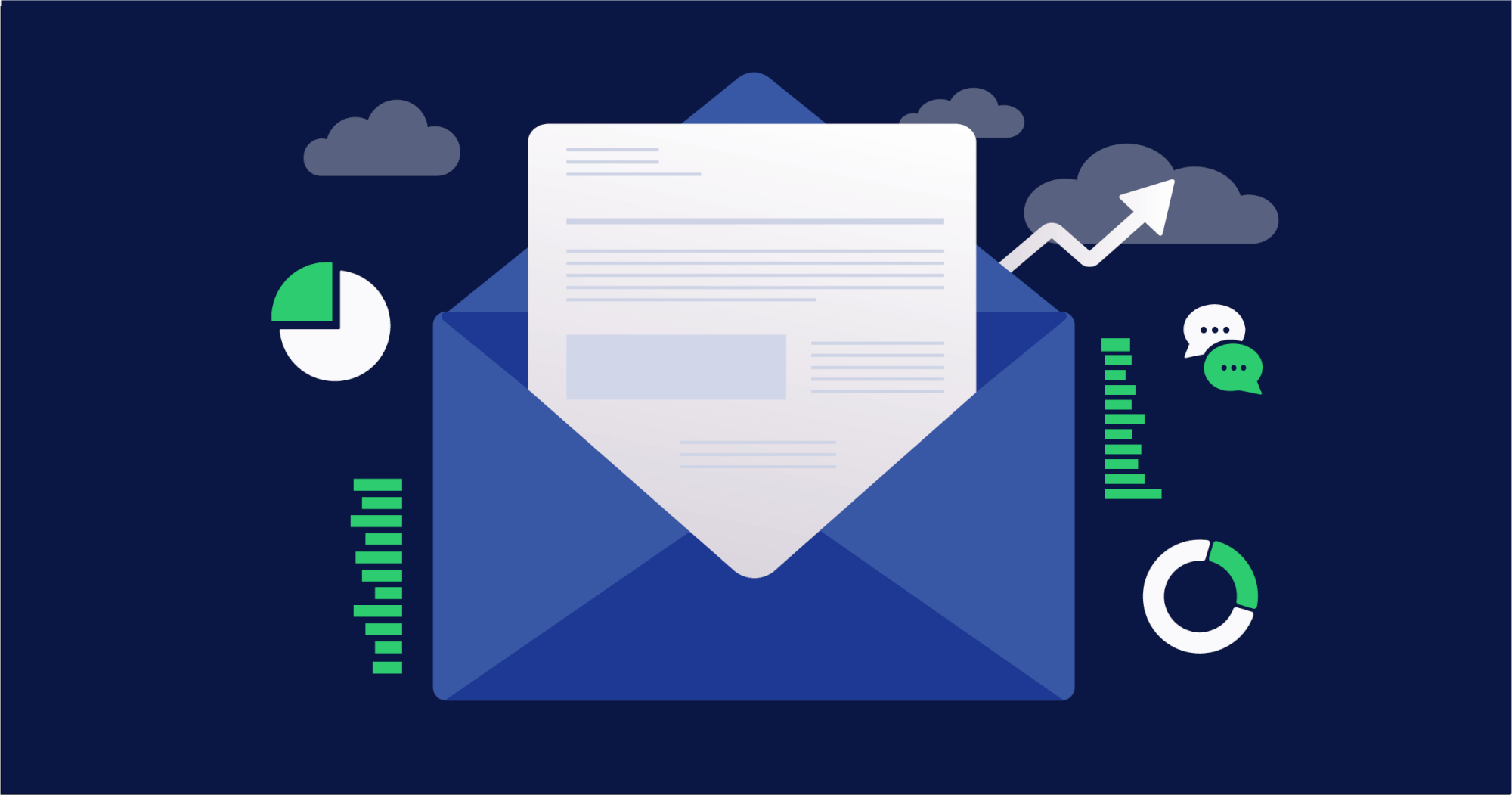Who among us does not know this situation? We open our mailbox and automatically move dozens of emails to the trash, just because we don’t know who they’re from, or they are tagged as spam. However, they all have one thing in common; they are all part of the Email Marketing method. Hence, if you don’t want your next email campaign to lead to your emails going to the place where emails die, you should read a few simple tactics to do it right:
Simple manipulations of the email title
First impression is everything, and the email title is the first instance when people will be exposed to your emails. Most of us decide whether to delete an email or not, based on its title. We want to make the potential customer to at least open the email page to be exposed to the content inside, which is why the title plays the most crucial part in the early stages of building an email marketing campaign. Here are some “manipulations” that can make the difference between “spam” and “conversion”.
1. No more than 7 words
According to contactmonkey, who analyzed more than 30 million emails, over 40% of emails are opened (and read) for the first time on mobile devices.
The conclusion is – keep your title short and exhaustive. The fewer words you use, the lesser the chance your title will be cut in the middle – making your email look unprofessional, with a message that will probably not be transferred, or transferred in a very partial manner. Remember that an average mobile device can contain between four to seven words in the email header before the header is cut off.
2. No question marks
Email header lines that contain question marks will drastically increase your email’s chances of being erased. This may be because asking questions makes your email look like a marketing email, which automatically sends it to the spam folder that we all try to avoid. Therefore, the obvious recommendation is to remove every question mark from your email header. In short: Anyone who deals with email marketing is going to avoid question marks from this moment on.
3. Be direct and get to the point
No one has the patience to sit down and give attention to your email. Therefore, when you write an email to someone, trying to sell something, tell them what you want from them! Marketing professionals call it USP – Unique Selling Proposition. Keep your language clear and simple.
For example, an email title like: “Want to pay less on your next taxi ride?” is likely to put the reader into phobia that he needs to enter and process some information, and that will probably not make him even want to click on the email.
In contrast, a title like “$10 off on your next Uber drive” will be much more direct and clear.
4. Combine unique words in the title
The most often used keywords are: “sale”, “now”, “opportunity”, “discount”, and you can guess the rest. Try to use more “rare” keywords into the title and you can get more interest.
Next – timing
Now you finally have the perfect title and you can’t wait to send it to your mailing list? Wait! Patience. Timing is almost as important as the content itself. This can make a huge difference in the number of potential customers who open the email and refer to its content. For example, if you want to promote your new restaurant’s happy hour deal, send an email at around 5 pm with the title “The best happy hour in Boston tonight”. That way, people can see it before they finish work.
Content
Thus, after you have succeeded in attracting the customer to open the email you have written out of the dozens (or hundreds) of emails he or she receives every day, how do you make the customer stay? Here are some important steps to follow:
1. Urgency, Immediate, and Contemporary
Did you know that emails that create a sense of urgency are opened 22% more by users?
Using terms and phrases such as “You have 24 hours to enjoy 30% discount on our products” will make your reader feel that he might miss something that everyone else will enjoy if he does not hurry. Do not be afraid to give a “marketing offer” – people know you’re trying to get them to buy something, and they’ll appreciate that you’re clear about it.
Try to be immediate. Our memories are short; hence, emails that focus on a week or next month can bring significant losses to your target audience.
2. Use fewer keywords
Too many words create an unnecessary distraction. Explain to your readers as simply as possible why the deal you are offering is the best thing that came to their inbox today, or why you sent them the email. Don’t fill them with unnecessary information and go around in circles – it’s tiring. An excellent way to do this is by using as few words as possible, along with visualizations that tell a story, or simple equations that help them understand what you mean.
3. Big CTA buttons
After people have opened the email and you are about to offer them something, create a noticeable and powerful button to implement the offer. Your call-to-action (CTA) must be very noticeable, so it will be easy to open on a mobile device.
Ostensibly, this is something trivial, but according to campaignmonitor, the use of click buttons vs. “regular” text-based links (resulting in the same result) increases user clicks by 28%.
Why is it happening? For a variety of reasons, such as size (click button will usually be larger and more noticeable than normal link), design (click buttons will usually have a different design than the rest of the text, and therefore, will attract more attention), color (click buttons will usually have a different color from the text and background). However, it is in the bottom line where it works best.
4. Know you target audience
Adjusting the content to your audience is one of the most important things in email marketing.
Quora found a good way to handle the content stacks that their users create. They needed to find a way to target the content for a custom audience; hence, the emails you receive from them will be based on data they attract from each reader who enters their site and ‘follows’ certain topics. This creates a situation where every reader on the mailing list receives a completely different email based on this data.
If you are running a mailing list, try dividing it into categories. That way you can create a title that is relevant to a small and focused group.
5. Be personal, but not robotic
Various psychological studies show that people generally tend to identify and respond better to other people than to machines, robots, or, in our case, to automated emails.
How do you overcome this obstacle? Instead of using emails in third person that creates estrangement, use it in first person, and create a kind of contact. Moreover, it creates a certain credibility in your product: If the product (or the deal you offer) has a reputation, it becomes even more reliable.
6. Video
Since using as few words as possible increases your effectiveness, integrating video into the email content (which requires one simple click from the user) makes life easier for both the user and you, because he is more likely to consume the content.
About half of the marketers who use video in their email campaigns report an increase in CTR. It’s enough to put the word “video” in the title – and the chances of an opening are up 18%. This is in addition to an overwhelming majority (82%) of marketers who claim that video use is effective.
Conclusion
With each email send, marketers make countless decisions that influence whether your message gets opened, tossed, skimmed, or clicked. Don’t send your next blast without making sure you follow these simple, but important tips.








